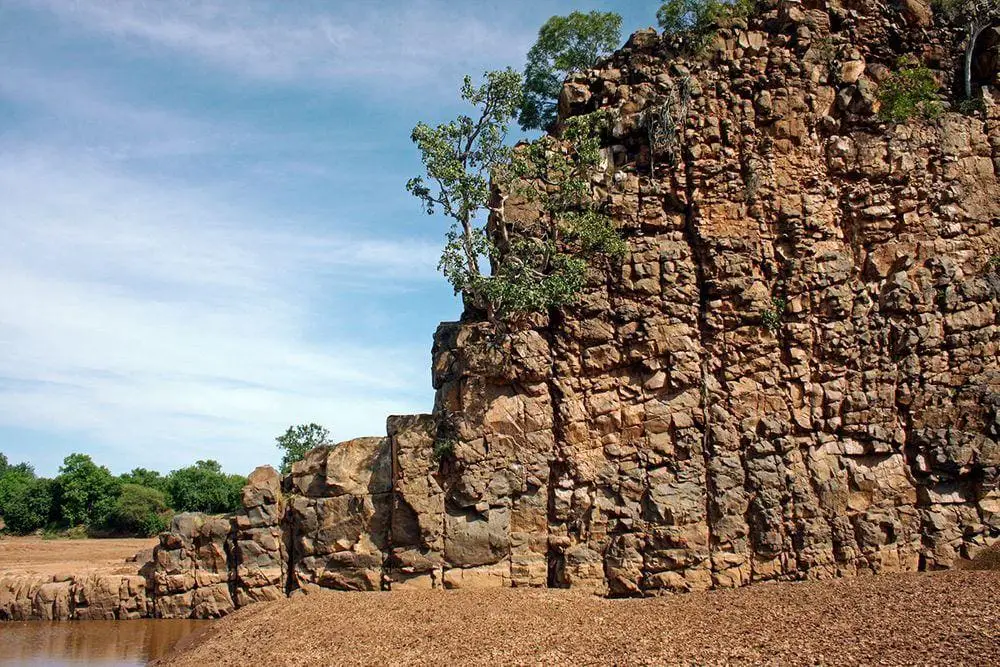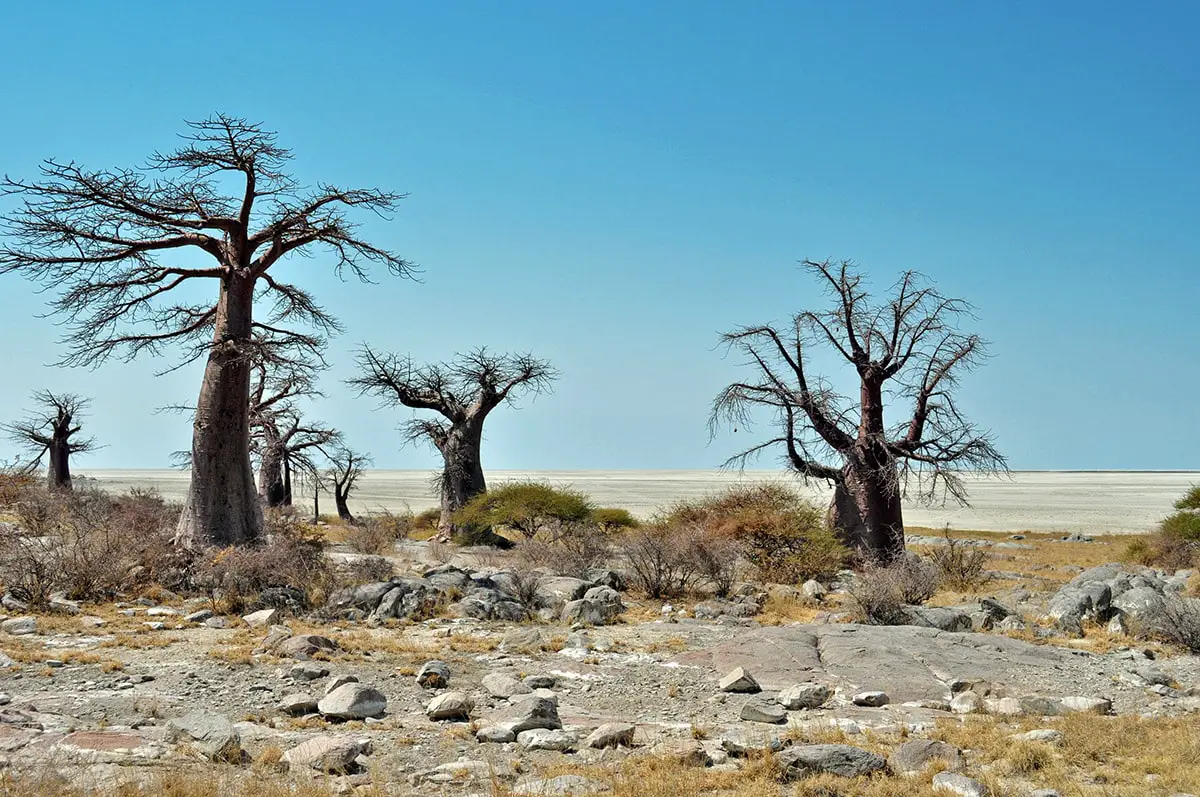Wondermondo 🢖 World 🢖 Wonders of Africa 🢖 Wonders of Botswana
Territory
Wonders of Botswana
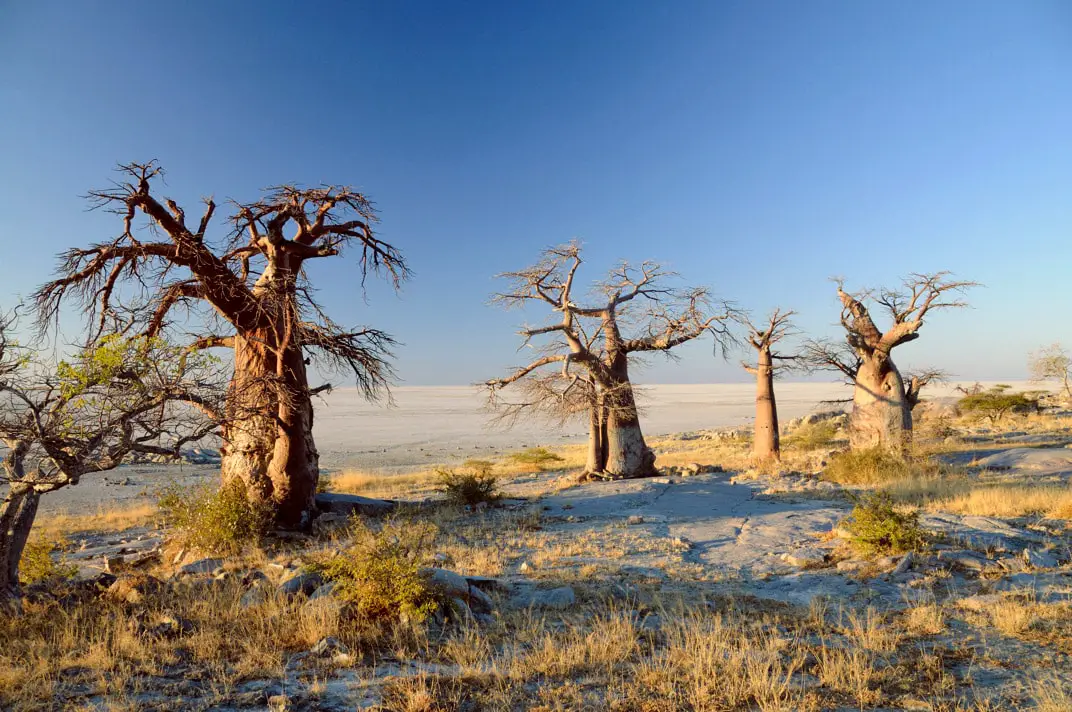
 Highlights
Highlights
Most of Botswana is covered with desert or dry savanna, this is one of the least inhabited countries in the world.
Main tourist attractions of Botswana – wast areas of wilderness with countless large animals, such as Okavango Delta and Makgadikgadi salt pans – are not a subject of Wondermondo descriptions, because their area is too large. The most amazing wonders of Botswana are:
- Rock paintings – diverse, sometimes high quality artworks left by San people and (possibly) older cultures. These drawings are a part of contemporary life as well – offerings still are brought to some of these.
- Heritage of Tswapong Hills. These hills have deep gorges, waterfalls and untypically lush vegetation. Local people here still are following the traditions, here are found secretly guarded shrines.
Map with the described wonders
If you see this after your page is loaded completely, leafletJS files are missing.
 Top 18 wonders of Botswana
Top 18 wonders of Botswana
Geological wonders
Moremi Gorge
Central
Spectacular gorge in Tswapong hills, sacred site. The deep gorge contains three waterfalls, the tallest is 10 m high. Gorge is rich with vegetation, which is not typical for Botswana. Here live two endemic species of butterflies.
Orapa Diamond mine
Central
World’s largest open pit diamond mine over two kimberlite pipes. Every year it provides 2,200 kg of diamonds.
Gcwihaba Caves
North-West
Network of caves in limestone hills. Caves are rich with speleothems – stalactites, stalagmites, flowstone, helictites, cave pearls. Bat colonies. Caves have up to 7 m thick sediments that contain information about the climate of the last 2 million years. Above the caves grows the endemic Namaqua fig (Ficus cordata) that seems to depend on these caves – its roots reach the caves with their humid air. Some caves are sealed to preserve their original air.
Solomon’s Wall
Central
Unusual geological formation – basalt dyke that rises like a wall from the ground. Some fragments of this wall are up to 30 m tall, in earlier times it formed a waterfall on the Motloutse River.
Phothophotho Gorge
Central
An impressive gorge in Tswapong hills, with permanent pools and cascades.
Waxhu Caves
North-West
Two sinkholes, the northern is 70 m deep and the southern is 50 m deep.
Biological wonders
Kubu Island
Central
Approximately 1 km long and up to 20 meters high granitic island in the middle of vast Makgadikgadi Plains – giant salt flats. Area of eerie, unusual beauty, adorned with a group of giant baobabs. Remnants of prehistoric structures – an enormous stone wall and hundreds of circular stone cairns.
Baine’s Baobabs
Central
Group of 7 enormous baobab trees forming a group – a rare occasion. Trees got their name due to the fact that painter Thomas Baines painted them in 1862.
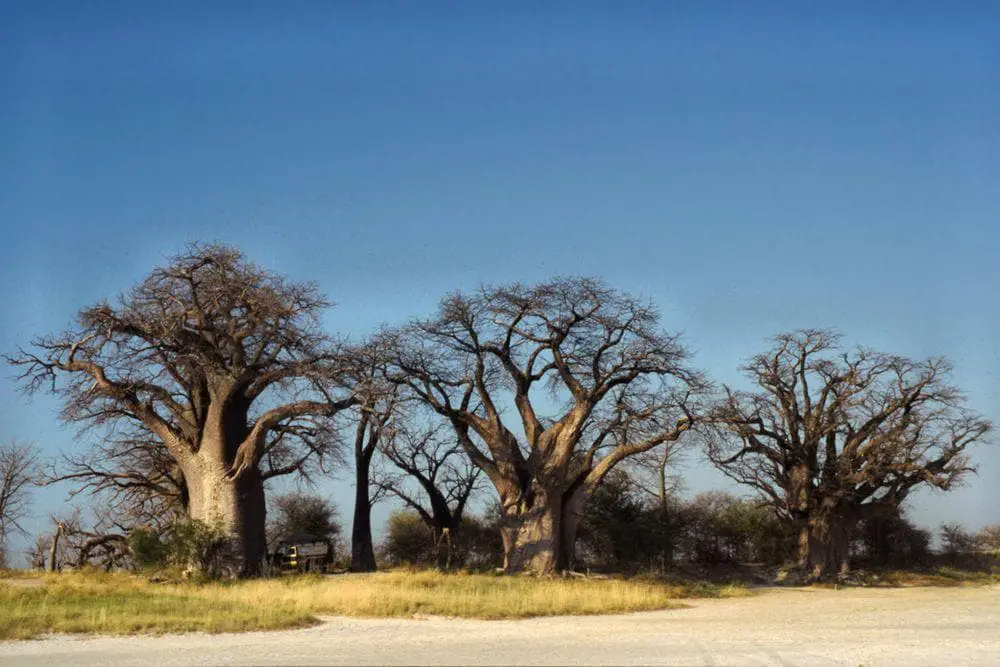
Chapman’s Baobab
Central
An enormous tree with a circumference of 25 m (at the base – further up it became larger), used as a navigational beacon. Named after explorer James Chapman, may contain carved initials of David Livingstone. The tree collapsed in 2016.
Archaeological wonders
Tsodilo
North-West
Group of hills with a very rich collection of prehistoric rock paintings. In total there are more than 4,500 paintings. Important cult site for local people, a site of legends. The oldest paintings might be 24,000 years old. Shelters in the area inhabited for more than 100,000 years. There are endemic species of plants and animals that are found only in these hills.
Mmamagwa Ruins (Motloutse Ruins, Mapungubwe Hill)
Central
Archaeological site: ruins of a settlement that was developed in the Late Iron Age, the 9th – 13th century AD. Possible precursor of Great Zimbabwe, the first analog of a capital city in the southern part of Africa. The settlement was inhabited by several consecutive cultures: Zhizo, K2, Mapungubwe, and much later – in the 18th century – by Sotho and Venda people who built most of the stone structures seen today.
Toutswemogala Hill (Toutswe Mogala)
Central
Elongated hill, rising up to 50 m tall above the surroundings. In the 7th – 19th century AD there was located Iron Age settlement. This site marks the development of the first city-states in this part of the world. Some remains of houses and cattle enclosures are visible now.
Matsienga Footprints
Kgatleng
Group of prehistoric (3 – 10 thousand years old) rock engravings – mostly engraved footprints. Water from these footprint engravings is considered to be holy. The site contains also three holes in the rock.
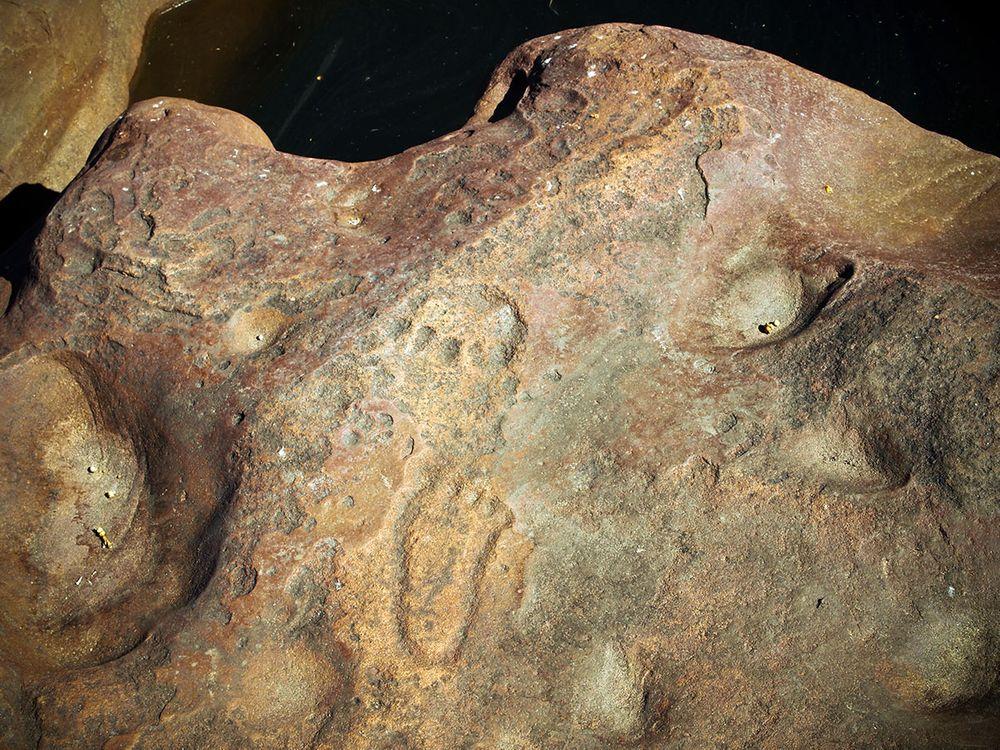
Lepokole Cave
Central
This cave is adorned with prehistoric paintings that have been made in the early first millennium AD. Offerings are left in the cave up to this day.
Manyang Rock Paintings
Kweneng
Prehistoric paintings in five groups. Among these paintings is a well-known painting of a group of four giraffes in yellow and orange colors.
Motlhabaneng Rock paintings
Central
Group of rock paintings that show hunting scenes, animals, people, and mythological creatures.
Cultural wonders
Komana of Moremi
Central
An important shrine of the Bapedi people. This shrine is strictly and secretly guarded by local people, but the tradition of priesthood and shamanism is still alive here.
Livingstone Cave
Kweneng
Legendary cave, reportedly inhabited by spirits. David Livingstone visited this cave.
 Recommended books
Recommended books
Botswana – Culture Smart!
Culture Smart! provides essential information on attitudes, beliefs, and behavior in different countries, ensuring that you arrive at your destination aware of basic manners, common courtesies, and sensitive issues. These concise guides tell you what to expect, how to behave, and how to establish a rapport with your hosts. This inside knowledge will enable you to steer clear of embarrassing gaffes and mistakes, feel confident in unfamiliar situations, and develop trust, friendships, and successful business relationships.
Botswana Safari Guide
A safari in northern Botswana takes the traveler to a wilderness populated almost exclusively by wildlife. Here are the predators and their prey; here, too, are the elephants, the hippos, and the astonishing birdlife of the Okavango Delta. This fourth edition of Bradt’s Botswana Safari Guide provides unrivaled coverage of the region’s wildlife, environment, and history, as well as a thorough evaluation of when, where, and how to go.

